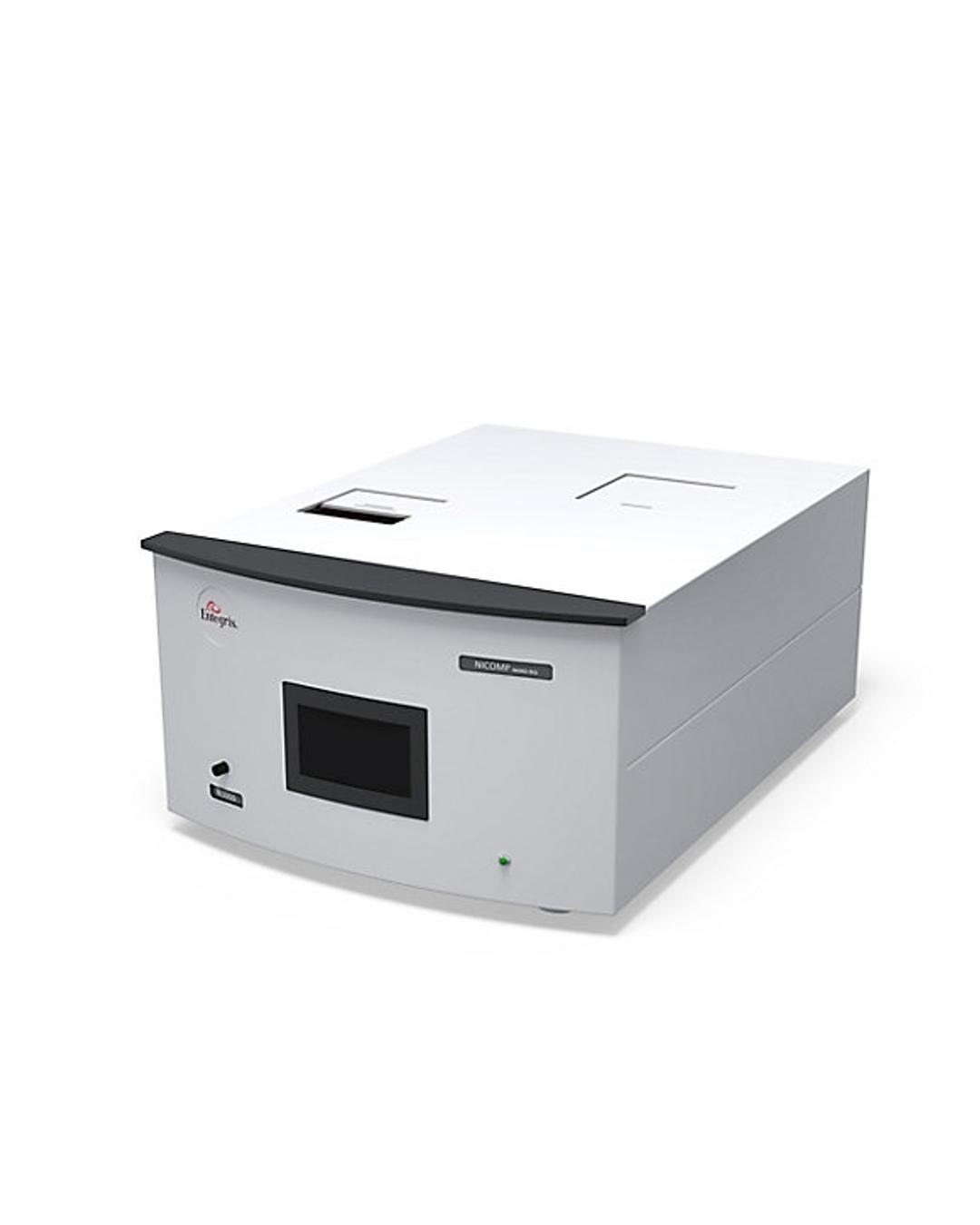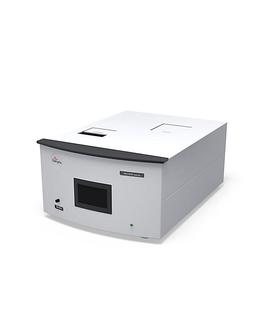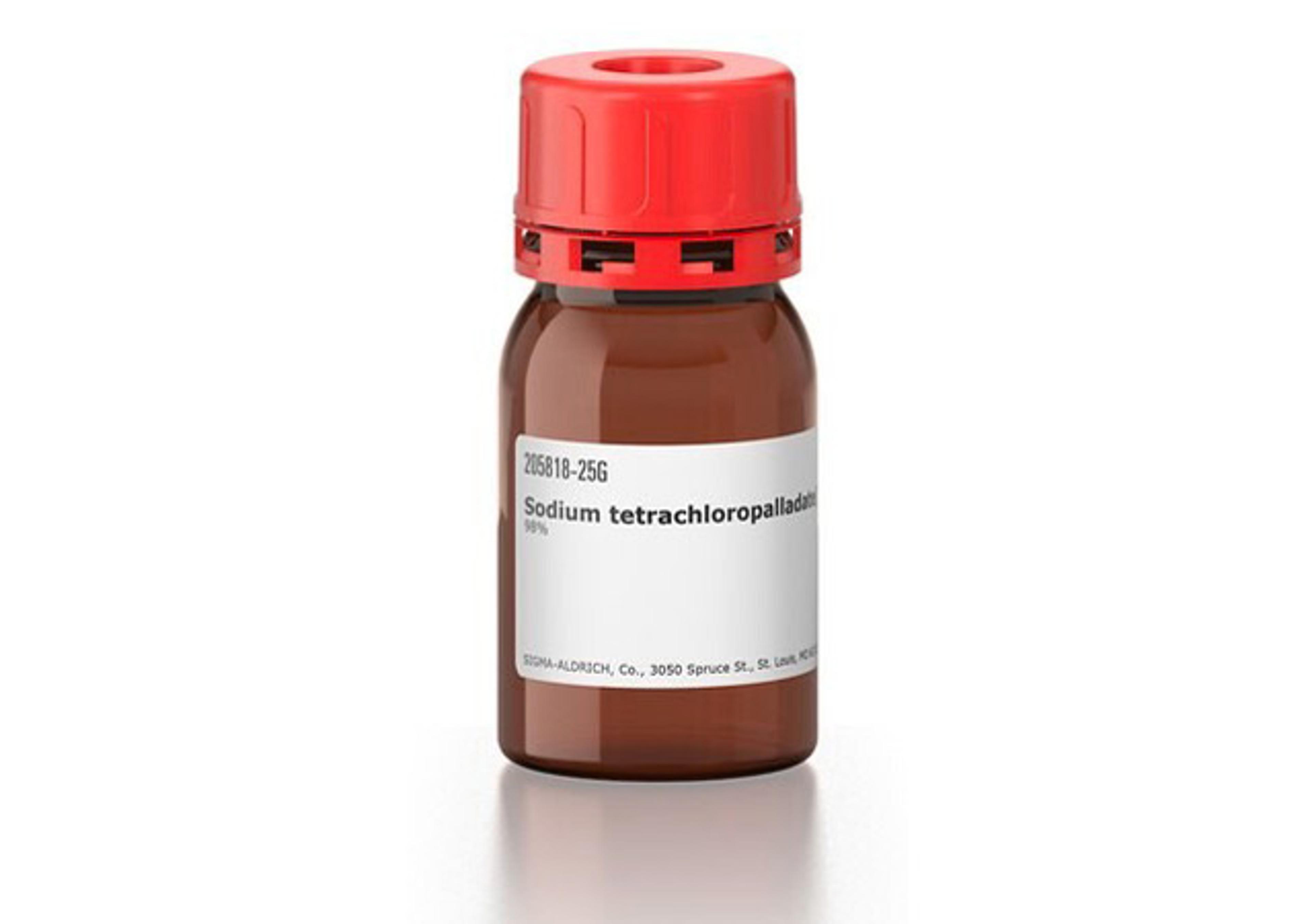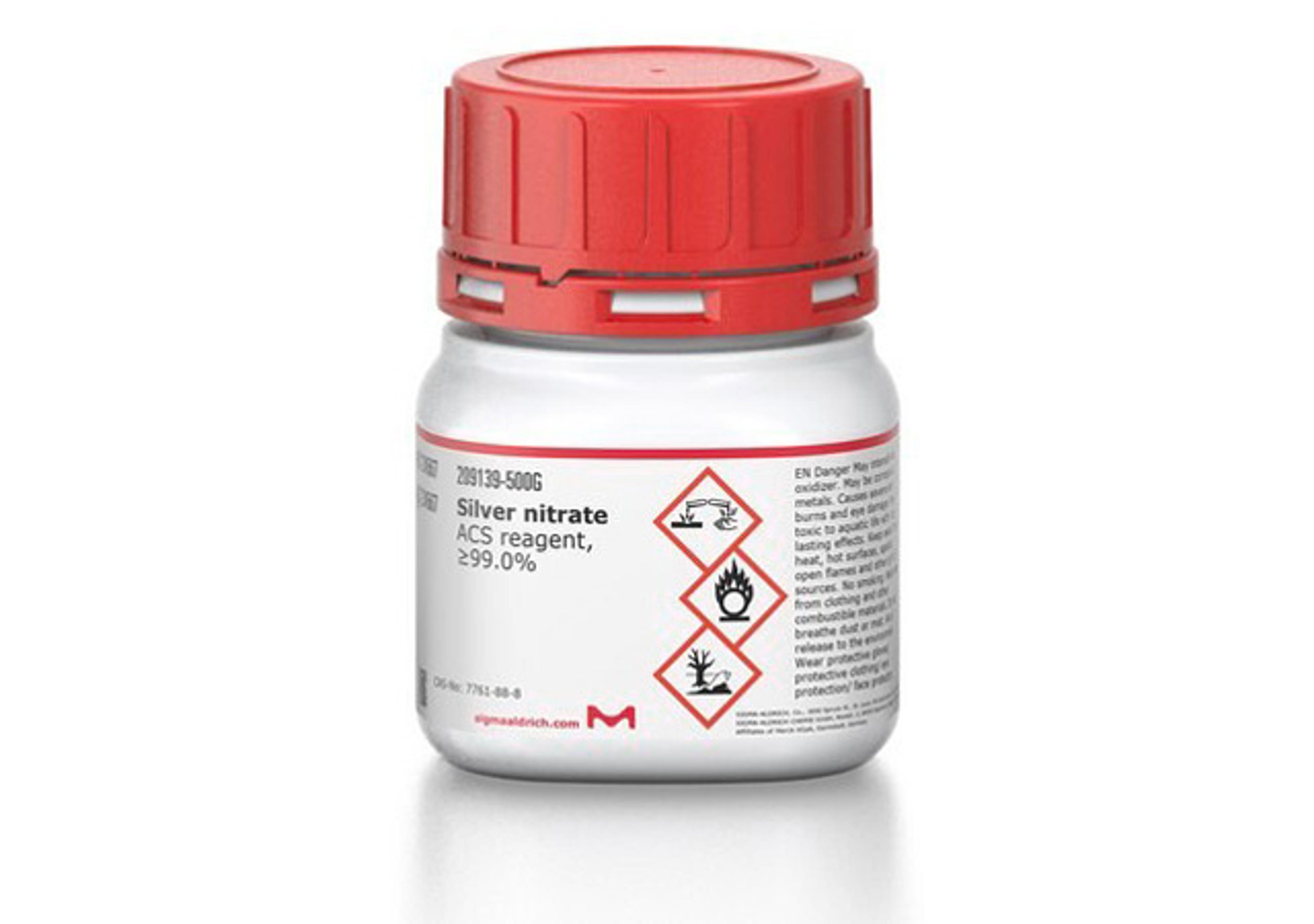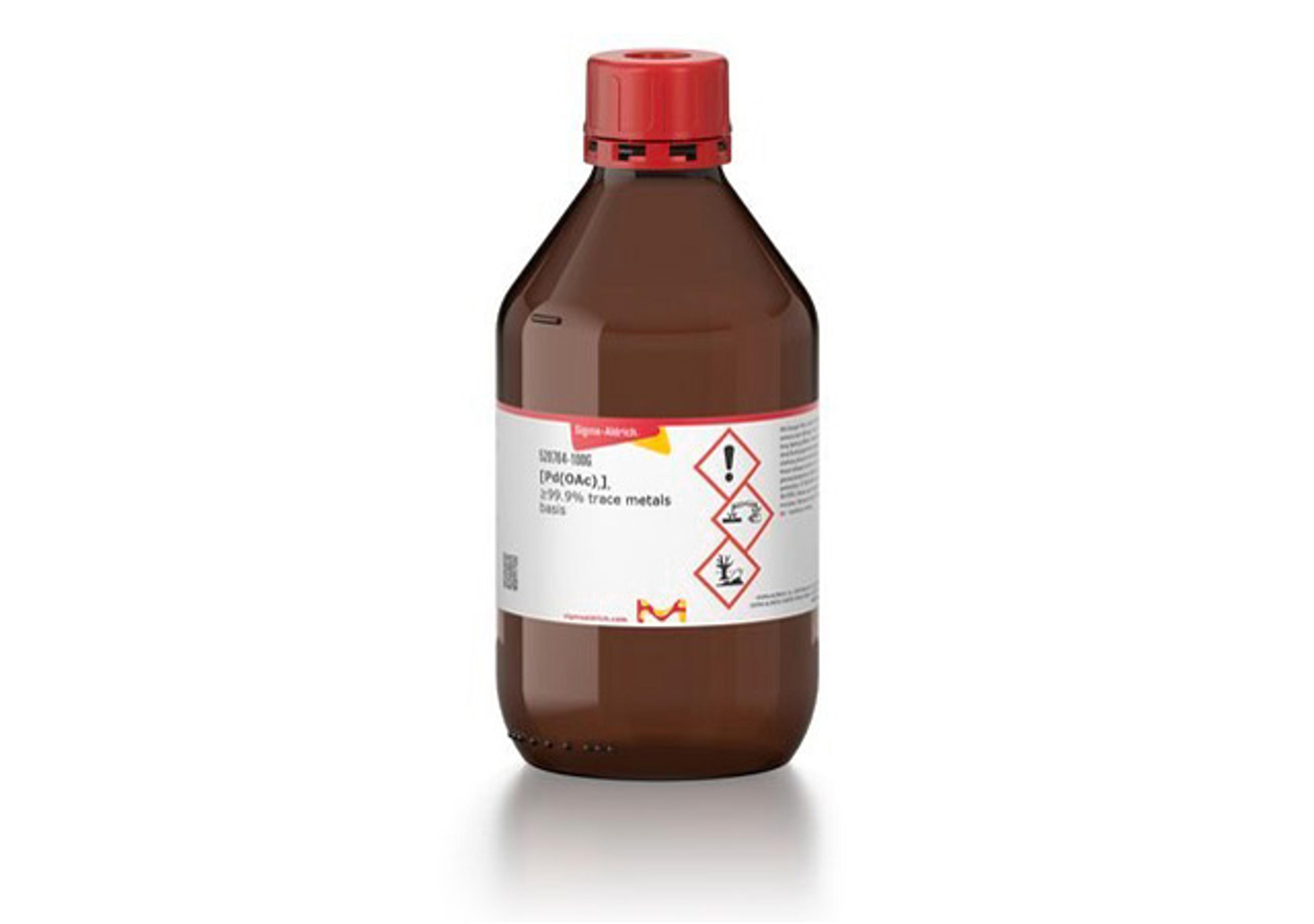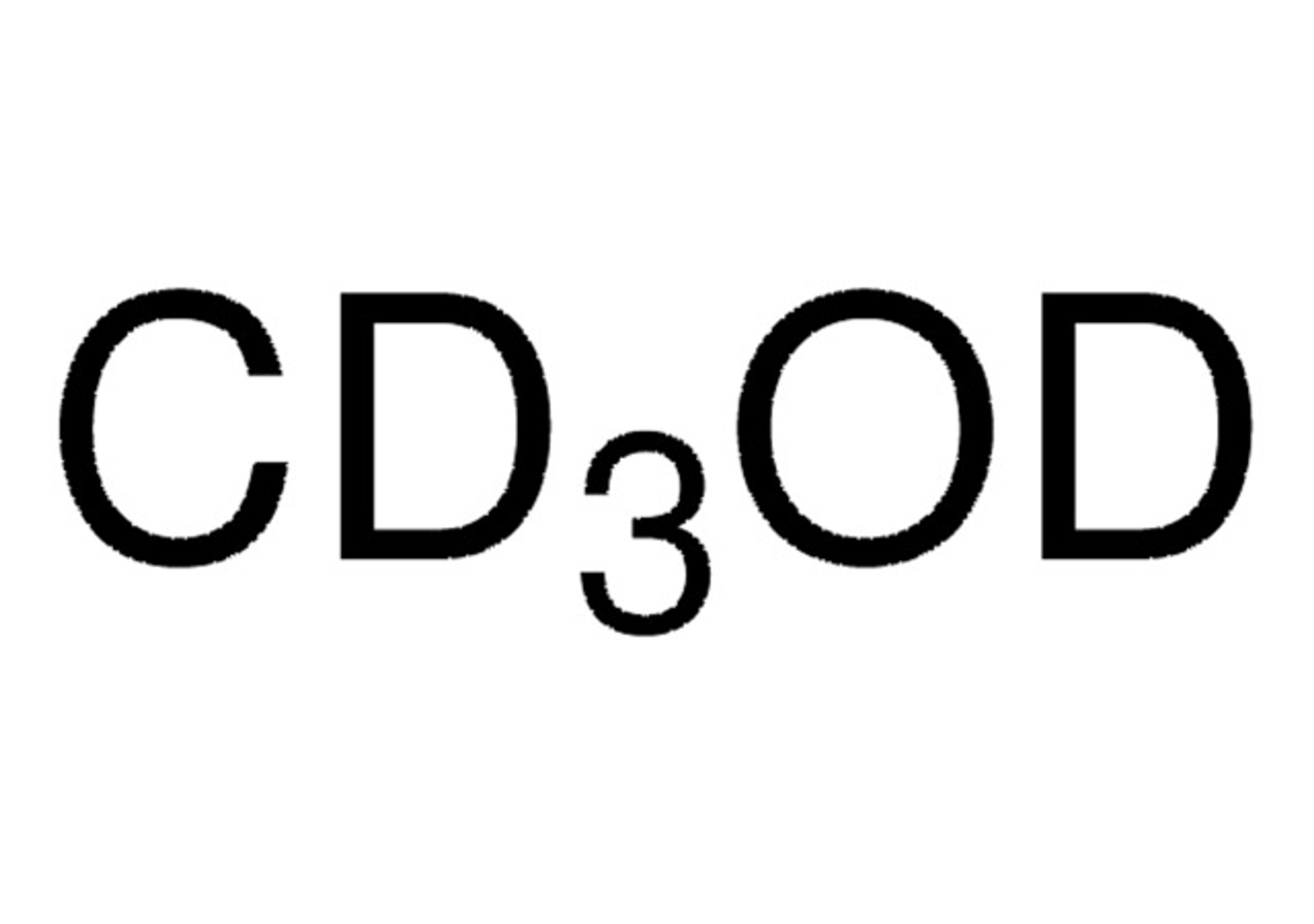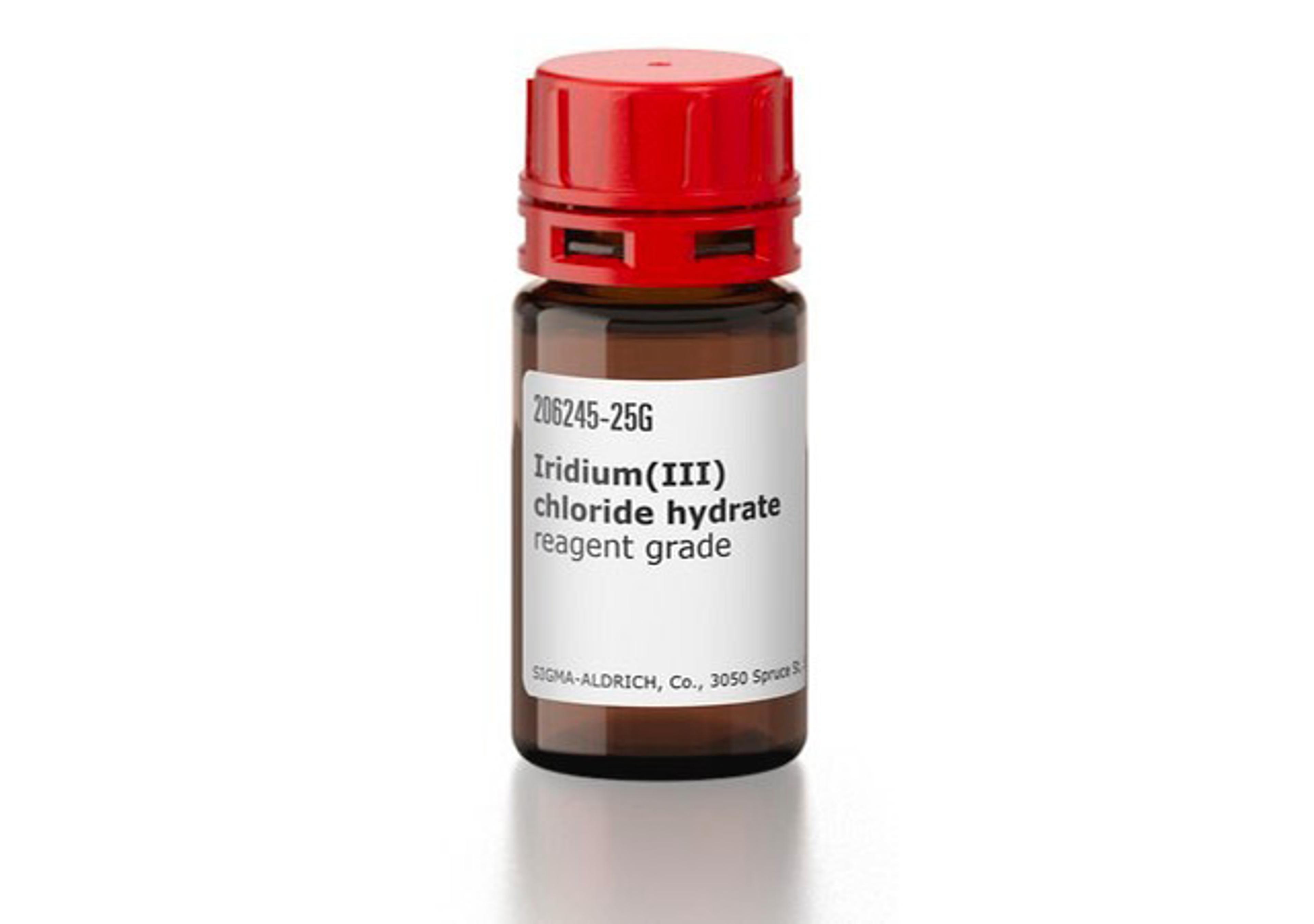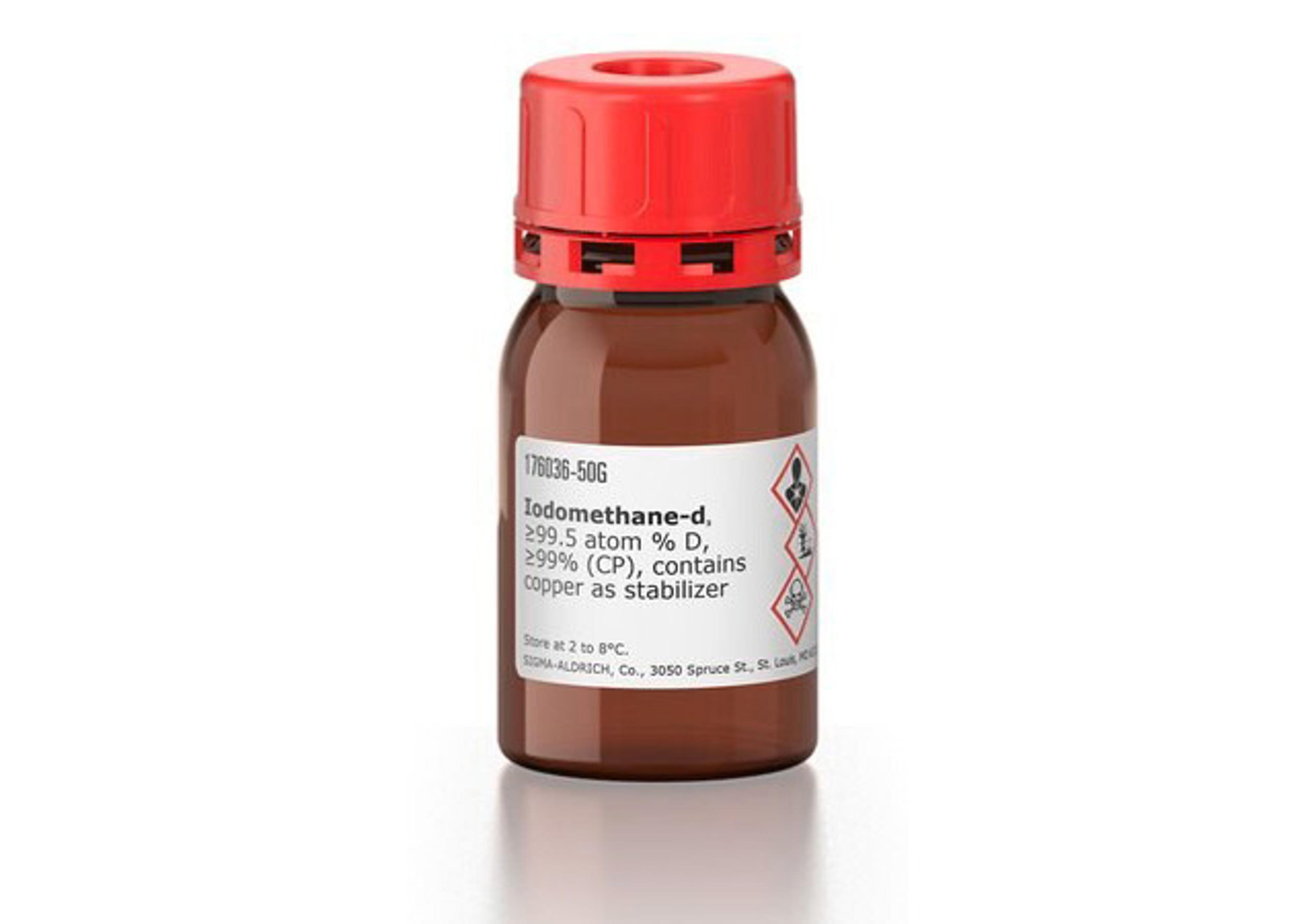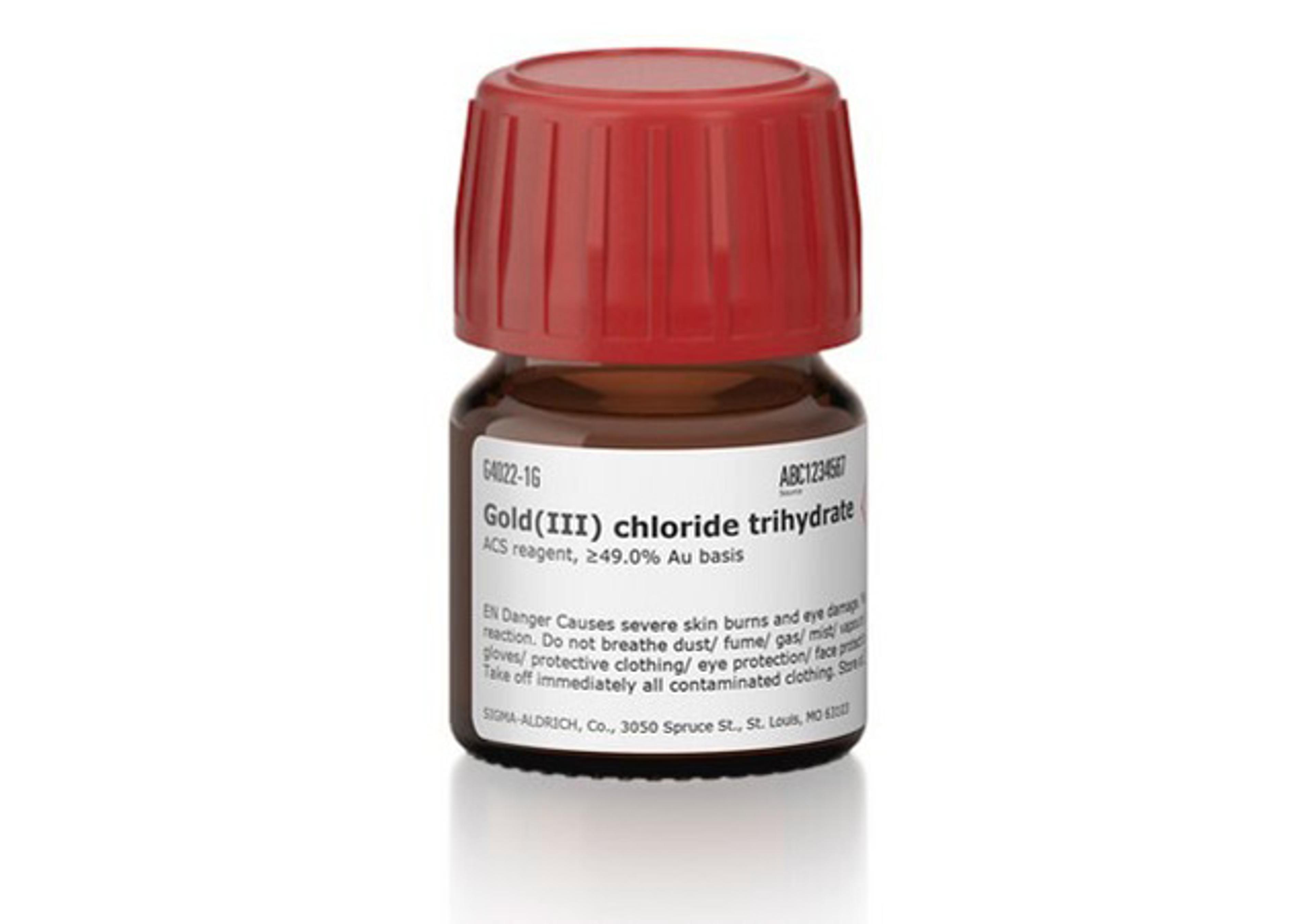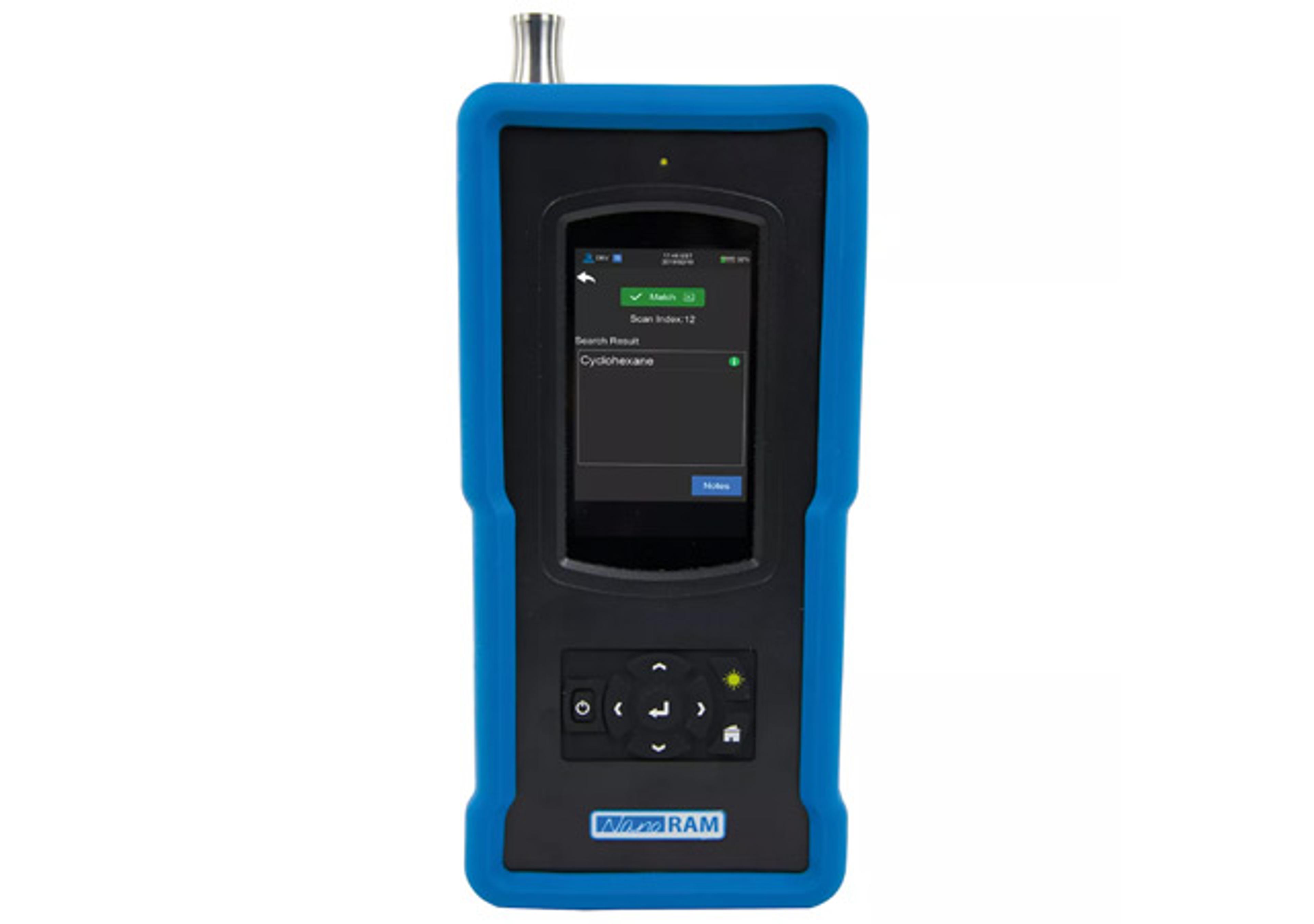Products & ReviewMaterials
Nicomp Nano Z3000 Zeta Potential Analyzer
EntegrisAvailable: Worldwide
Combines Dynamic Light Scattering (DLS) sizing capability with both frequency and Phase Analysis Light Scattering (PALS) modes for measuring zeta potential With an electric field that can be varied from 1 to 250 Volts/cm, one instrument can be used to analyze zeta potential in aqueous and organic solvents Cost of ownership is minimized with easy-to-use dip cell and inexpensive ZRS zeta potential standard

The supplier does not provide quotations for this product through SelectScience. You can search for similar products in our Product Directory.
Standard Zeta Features
- Phase Analysis Light ScatteringPat. – utilizing a DSP based PALS technique to measure small doppler shifts in the phase of the light scattered from a suspension allowing you to determine the zeta potential in high ionic strength or high dielectric environments (organics).
- Frequency Analysis Mode – provides a frequency domain zeta measurement. This is very useful in obtaining distribution information on the mean zeta potential value as well as a great tool for providing information on the system alignment in service mode.
- Dip Cell Electrodes – these electrodes can be dipped directly into a disposable cuvette which provides for a uniform electric field between the electrode pair, eliminating the need for the stationary plane determination. These electrodes are made from a rugged palladium tip design which provides a durable dip cell design that has a long-life cycle.
- High Voltage Zeta Potential Cell – measures at higher electric field strengths (up to 250V/cm) in organic solvents.
- Electric Field Strength Compensation – Constant current mode that compensates for fall in the electric field during a sample analysis.
- Polarization Correction – provides a correction for the polarization effects in the Phase Analysis Mode PALS to provide an accurate zeta potential value.

